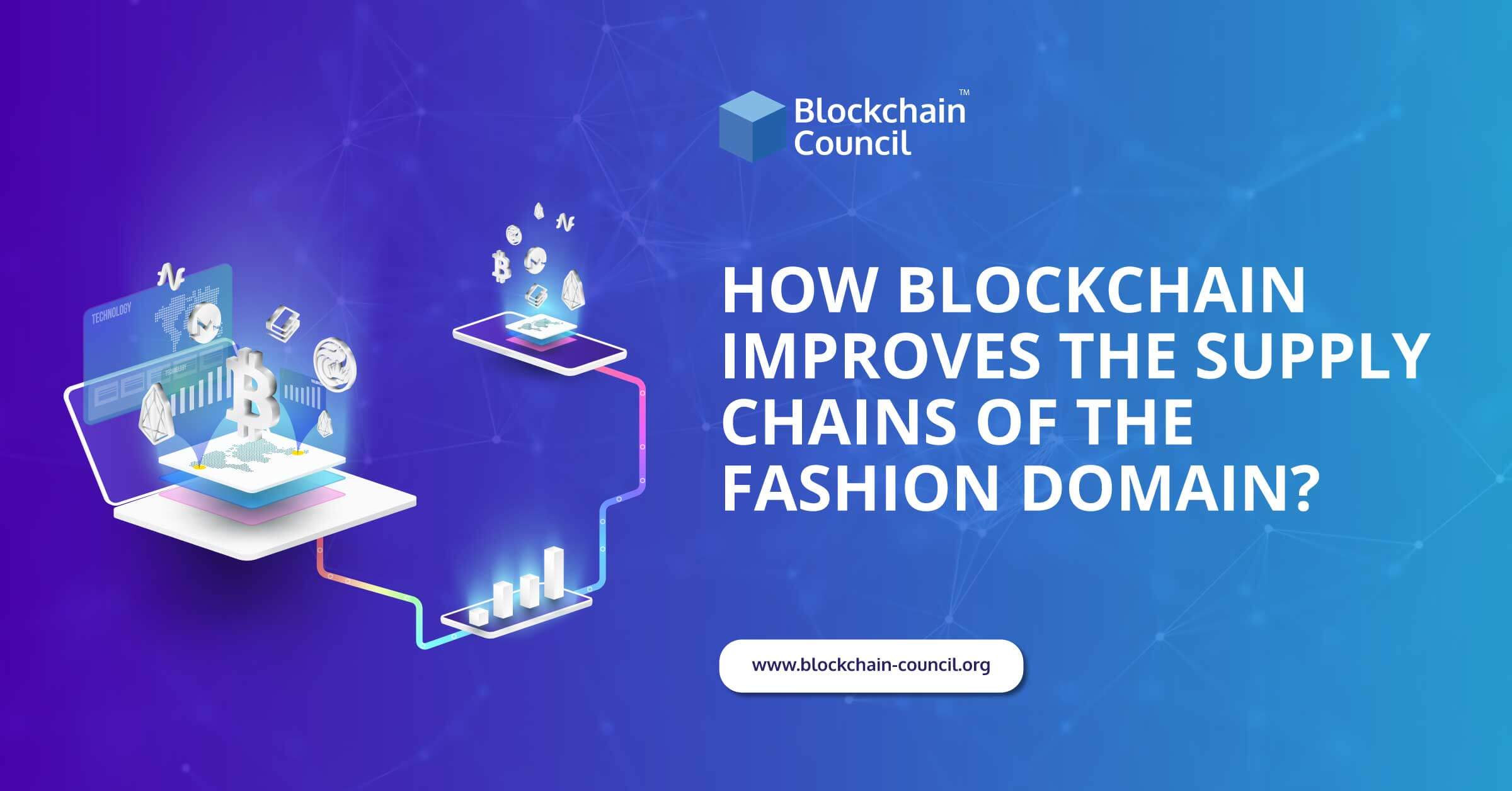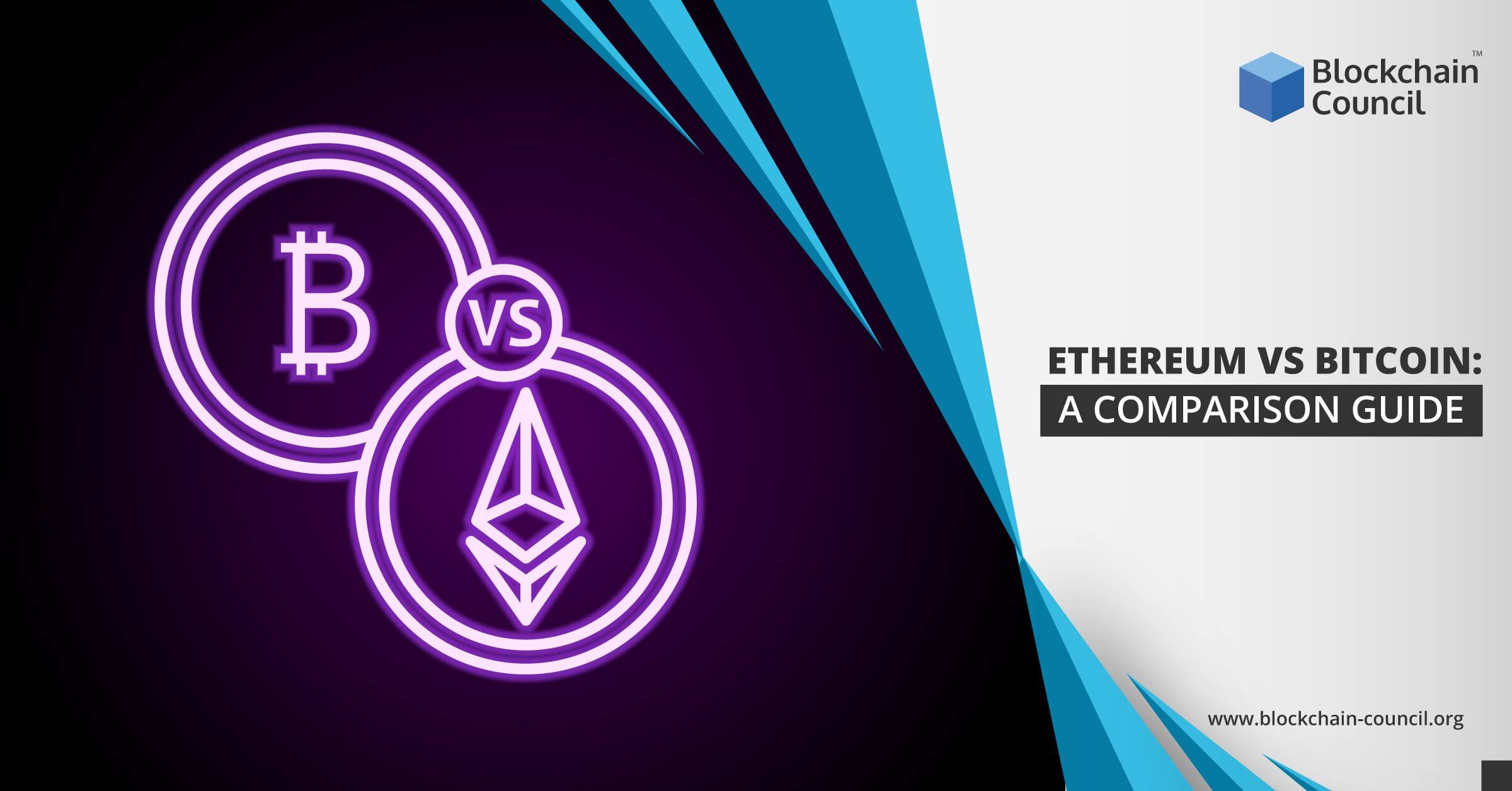
- Toshendra Kumar Sharma
- November 28, 2019
It is currently an exciting time of innovation for the apparel industry, or in other words, the fashion industry. There are numerous brands and retailers that are creating new and dynamic ways to attract, engage, and retain customers. Previously, a lack of transparency in an enterprise’s supply chains was viewed as a competitive advantage.
Businesses always wanted to keep the insights on their suppliers and manufacturers as opaque as possible. The major competitive advantage people looked at was the fact that no one would be able to build identical apparels if they didn’t know where the supplies were coming from. Thanks to consumer trends and companies that focus on decentralized manufacturing, there has been a clear shift in the way consumers and companies view transparency.
Nowadays, people are increasingly demanding transparency, and with particular reference to the fashion domain, each and every customer wants to know where their clothes come from. Blockchain is one such disruptive technology that brings about complete transparency and security to the fashion industry. In this article, we will discuss the various areas in which blockchain can be used to improve and enhance the functioning of the supply chains in the apparel domain.
Why Blockchain?
As we all know, blockchain is an open-source, decentralized, distributed open-source marketplace that eliminates the need for a central authority or intermediary. With the advancement of technologies, supply chains are becoming more decentralized, and the logical outcome of using blockchain technology would be cognitive supply chains that will help discover and learn new opportunities for systemic self-improvement in responsiveness and efficiency.
Blockchains will help brands achieve transparency and authenticity. Using blockchain, companies can embed small chips inside clothing and accessories to determine if the garment is authentic. Another advantage offered by blockchain systems is that the records, once added on the blockchain, cannot be altered, lost, or destroyed. As blockchains make a large amount of information available throughout the blockchain, there will be no need for the systems to store sensitive data.
Blockchain For Improving Supply Chains of the Fashion Industry?
Let us look at the major benefits provided by blockchains in the supply chain systems of the apparel domain.
1.Faster Than Traditional Supply Chains
Any fashion supplier will tell you the importance of delivering new stock faster and efficiently. Though transactions on a blockchain can take anywhere from ten minutes to several hours to conduct verifications owing to the limits on the network’s transaction volume, there are many new blockchain projects that have now improved transaction speeds.
Blockchains are much faster than traditional supply chain systems as verifying the authenticity of supplied fashion goods will be completed within microseconds of the arrival of the goods. In a blockchain-enabled supply chain, there are no middlemen involved, goods are supplied at a faster rate, and the efficiency and quality of the goods supplied will be improved to a large extent. Fashion products that are returned on account of defects or faulty stitching can also be processed without any alteration, using a blockchain network.
2. Blockchain Prevents Accounting Fraud
Blockchains solves the issue of accounting fraud in supply chains by creating blocks of records that cannot be deleted or modified. Let us consider the following example to help understand this concept better. If supplier A uses a traditional supply chain for supplying goods, both the supplier and the consumer will encounter accounting problems as the information present throughout the supply chain can be subjected to alterations and the middlemen can also manipulate the number of goods being supplied. This poses a major issue for verification.
On the other hand, if supplier A sends 50 shirts to consumer B, using blockchain technology, the amount to be paid and the number of shirts supplied cannot be altered on the network. This helps prevent fraud to a great extent.
3. Provides a Seamless, Omnichannel Experience
Today’s supply chains are varied and complex as it involves various participants such as warehouses, manufacturing sites, logistics providers, and channel partners from across the globe. Traditionally, each link in the supply chain will manage the roles using their own databases, systems, and metrics. Many companies have internal point-of-sale (POS) and Enterprise Resource Planning (ERP) systems to capture sales in stores and manage existing stock. For order fulfilment, their e-commerce sites will be connected to separate warehouse management systems and ERPs.
This inherent disconnect between online and offline presents barriers when trying to operate as a holistic, omnichannel supply chain. This is the very kind of supply chain that consumers want today. Blockchain technology solves this problem by offering the transparency and connectivity that is needed for delivering an omnichannel experience. If there is total visibility across channels and inventories, a company can determine the most cost-effective and fast way to fulfil an online order.
Using this system, if the warehouse is out of stock, one can pinpoint the nearest available store and ship the item from there. This will make the customer happy as he will receive the product faster. If they are unsatisfied, they can bring their package to a brick-and-mortar location for exchange or return. Also, since that transaction will be noted on the blockchain, it will be visible upstream in production to support demand planning.
Conclusion
Blockchain is a burgeoning technology that is certainly transforming the fashion industry for the better. The blockchain is one industry that is growing at an unimaginable rate. In the face of stiff competition, blockchain helps the fashion industry improve efficiency and transparency, thus giving consumers one more reason to remain loyal.
To know more about blockchain certifications, check out Blockchain Council.





































































 Guides
Guides News
News Blockchain
Blockchain Cryptocurrency
& Digital Assets
Cryptocurrency
& Digital Assets Web3
Web3 Metaverse & NFTs
Metaverse & NFTs
